‘It was the most difficult decision I ever made’
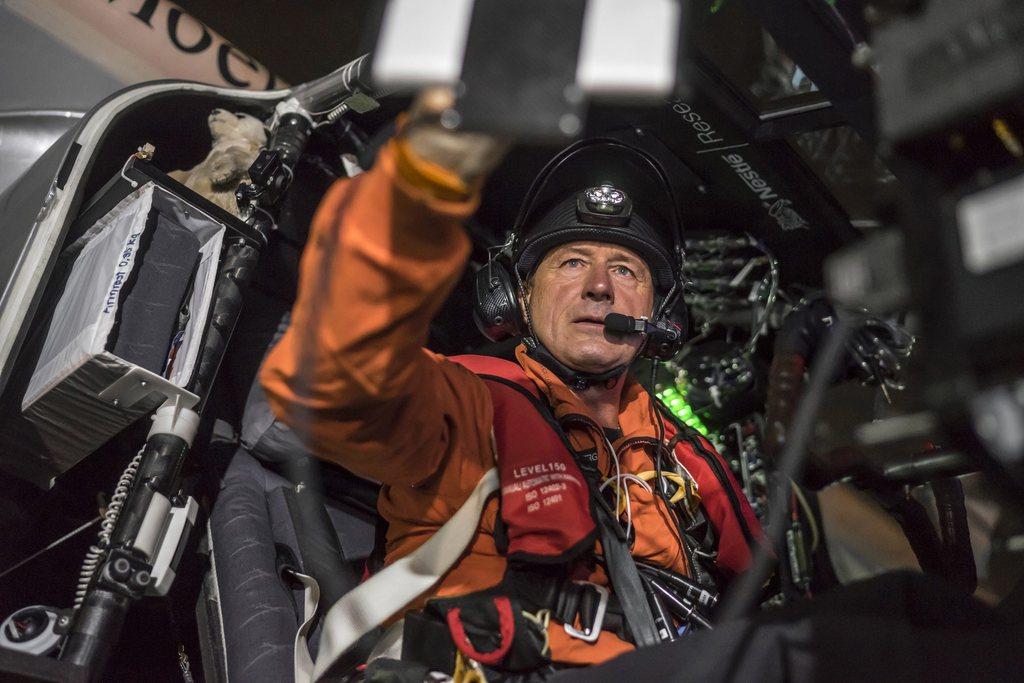
For Swiss pilot André Borschberg, the record-breaking Solar Impulse 2 flight from Japan to Hawaii was a chance to experience his childhood dream of aviation pioneering – and even more fantastic than he expected.
Borschberg had pushed to proceed directly from the test flight over Japan into the long-haul five-day journey to Hawaii – a decision that was hotly debated among members of the Solar Impulse team.
swissinfo.ch: Why did you insist on flying straight to Hawaii rather than taking a break between flights?
André Borschberg: We had so many restrictions on flying around Japan that the only way was to do the main flight following the test flight. Some of the systems were not working, and the engineers said there was no way we could continue. And of course there was Bertrand [Piccard] on one side, me on the other side in the cockpit, thinking about the situation – the aircraft status, the weather window and my capability to handle the situation. I decided that I could go forward. I thought the level of risk was fine and that I could manage with these deficiencies. But it was a very difficult decision because of course it was extremely emotional in some ways. You go against the team, but you’re part of the team, and that’s not easy. I said simply that the decision would be my responsibility, not the engineers’, but having said that, I really wanted to know if I had their commitment to help and support me – which they gave, one by one. But you could hear in the voices of everybody that there was a lot of tension; it was quite hard. I guess this was the most difficult decision that I ever had to make.
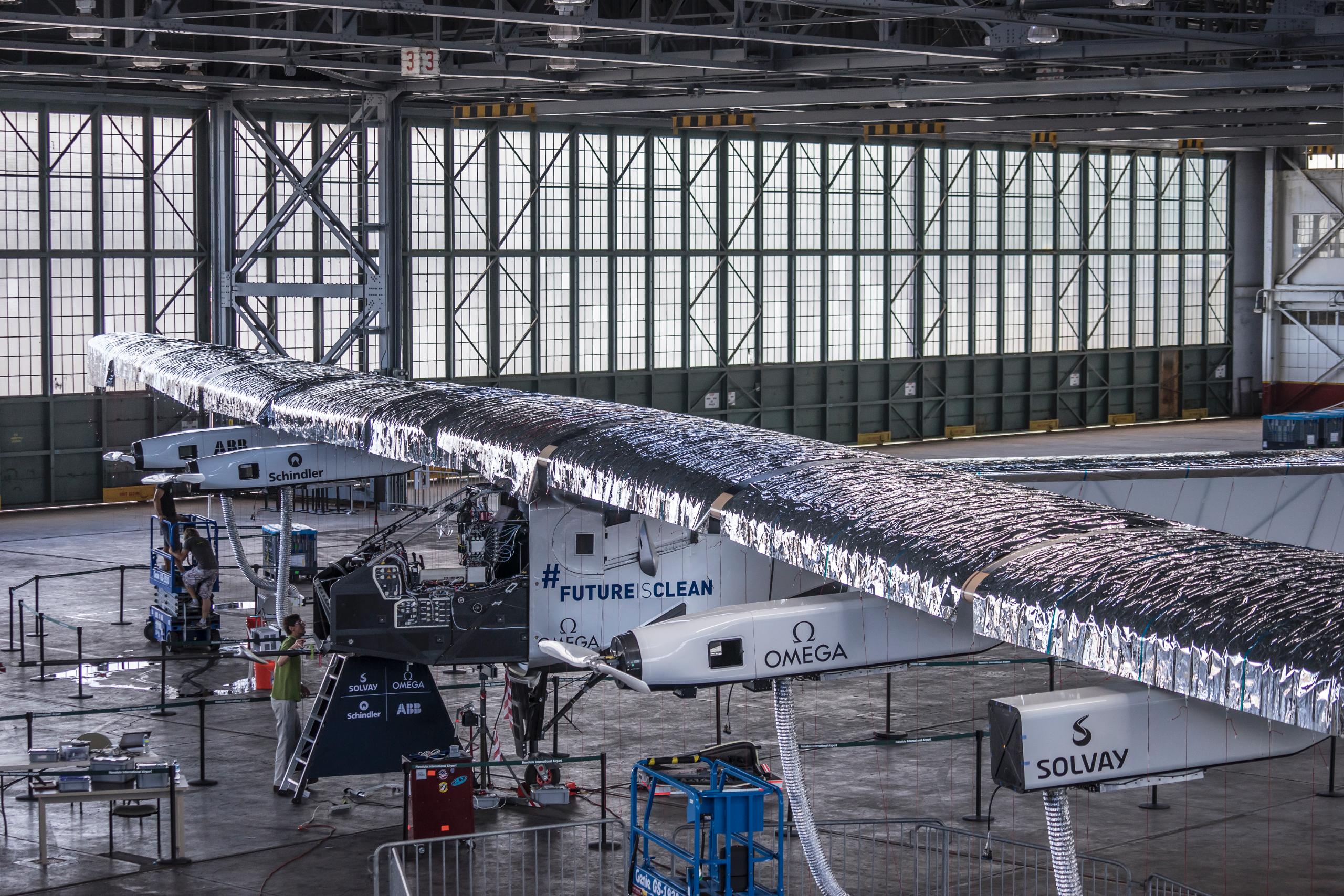
More
What’s next for Solar Impulse 2?
SWI: The engineers sounded tense during parts of the live broadcast. Did you feel endangered or scared at any point?
AB: We stressed the batteries much more than we would have done on a normal flight where we go up to 8,500 metres. We did the two flights one after the other, and for the test flight, I really had to climb fast, quickly at high altitude, then go down again, and then start the normal flight. We ended up having much warmer batteries on Days 2 and 3 than we expected, and that’s what you heard [during the live broadcast]. Of course it was a concern, but no, I was not deeply anxious about it. It changed the way I could rest and the way I had to fly, so that was one more point I had to bring compared to a normal flight, but I guess I was confident that we could manage.
SWI: You don’t really have any privacy up there – people always know when you’re eating, sleeping, doing yoga, and using the toilet. How was it to be monitored so closely the whole time?
AB: You forget, and I forgot. Sometimes I’d say, “Oh, it’s true, these guys are watching!” (laughs) The cockpit is very small. You have to be very careful, very attentive, and you have to do things very slowly and calmly. You have to think in advance about what you’re doing, and get organised. This is true when you prepare meals and change your clothes, and very true when you go to the toilet. I’m 1.90m tall, so you can imagine a person moving in that environment [3.8m3] with thick clothes, cables, tubes and all that, so everything has to be done very calmly. You slowly get into a very zen attitude because the only way to do it well is to focus on it. You increase your level of consciousness tremendously so it starts to be really conscious living and acting and being. That was fantastic! That’s the first time that I could really experience this so deeply. I was living in the present moment all the time. So you forget about the camera and all that, and you’re just in your environment.
SWI: Despite the yoga exercises, didn’t your back hurt or your legs get stiff? Were you in any pain at all?
AB: I’m sure you won’t believe me, but no, I was fine. My doctor doesn’t believe me, either. I practised yoga as much as I could; every morning I had a long session, then I tried to have different sessions and movements during the day. Of course I couldn’t do all yoga positions because I couldn’t stand up or do sun salutations. But I could do sitting postures and some lying down, and this helped me tremendously. When you do yoga, you learn to observe yourself: your body, your mind, your attitude. And when you are stressed, it’s a good way to try to disassociate yourself from the stress and to analyse the way you react and to calm down. This also helped me keep the right attitude and not to be taken emotionally in situations like the batteries [overheating], but rather to deal with it in the best possible way.
SWI: Ultimately, how did the five-day flight compare with your expectations?
AB: It was even better than what I expected, though “better” isn’t the right word. It was richer, more fantastic, extremely special.
When I was still flying the last night I was counting the hours and minutes, not because I was tired or really wanted to land. No, I was trying to enjoy every moment of it because I knew this was the last time that I’d be in the cockpit for one of these special [ocean-crossing] flights. And this special flight meant so much to me. It was something I had been thinking about over the past 12 years and I guess also as a kid, I dreamt about these pioneers who made aviation history. So to be a little bit in this type of situation, to maybe experience what some of them experienced, was wonderful.
SWI: What was the first thing you did after you landed?
AB: The first thing was to hug my family, because when I left Japan, my thoughts were with them as I knew that they would hear that the plane wasn’t functioning well and I was sure that they would be very anxious. So I was very happy to see my wife and kids again.
SWI: It sounds like Hawaii has been very welcoming as well.
AB: Absolutely! Stopping in Hawaii is a big chance because we have the benefit of a good hangar, so we can protect the plane very well and can prepare it for next year. It’s a very easy-going airport, so it’s going to be ideal for the test flight, and when the plane is ready, we’ll fly towards the continent. So the set-up is truly optimal.

In compliance with the JTI standards
More: SWI swissinfo.ch certified by the Journalism Trust Initiative





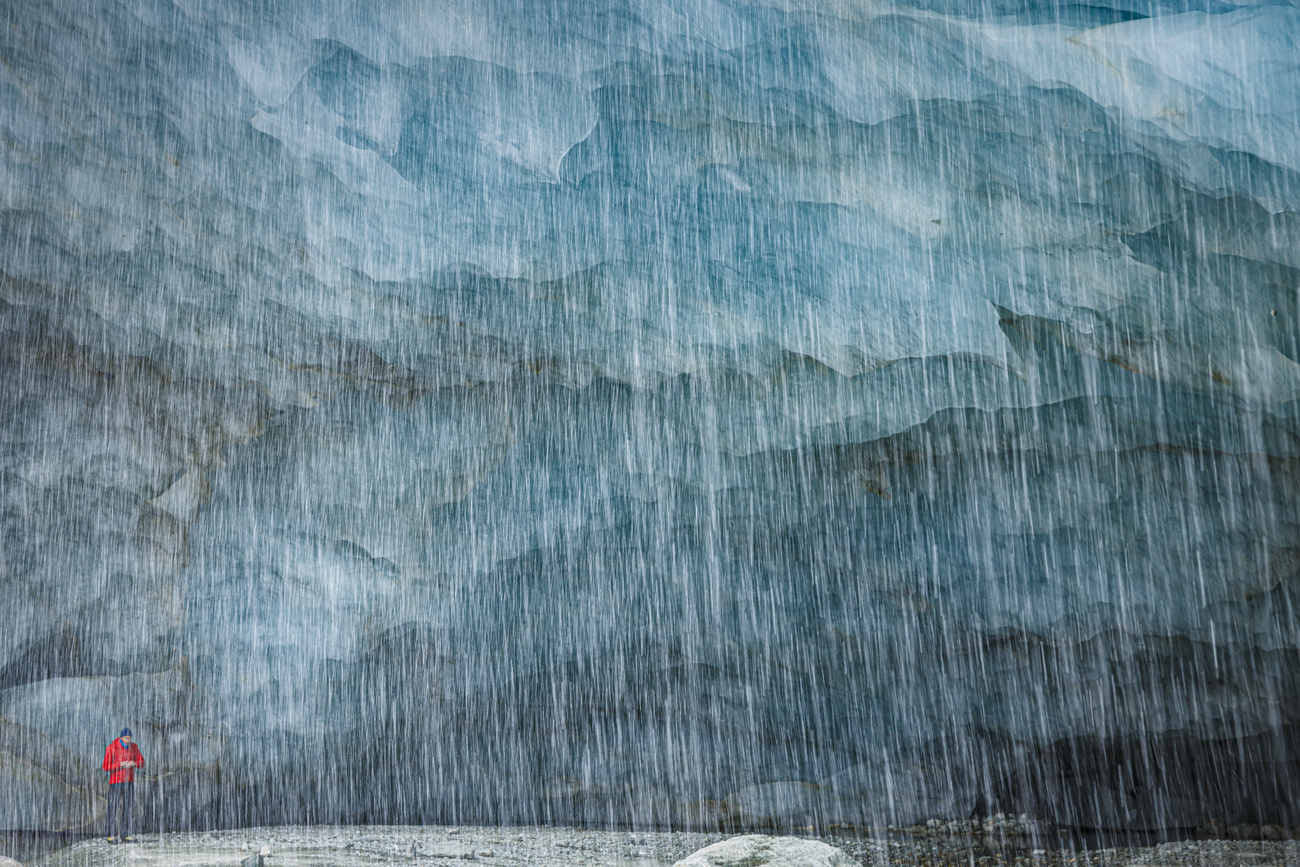




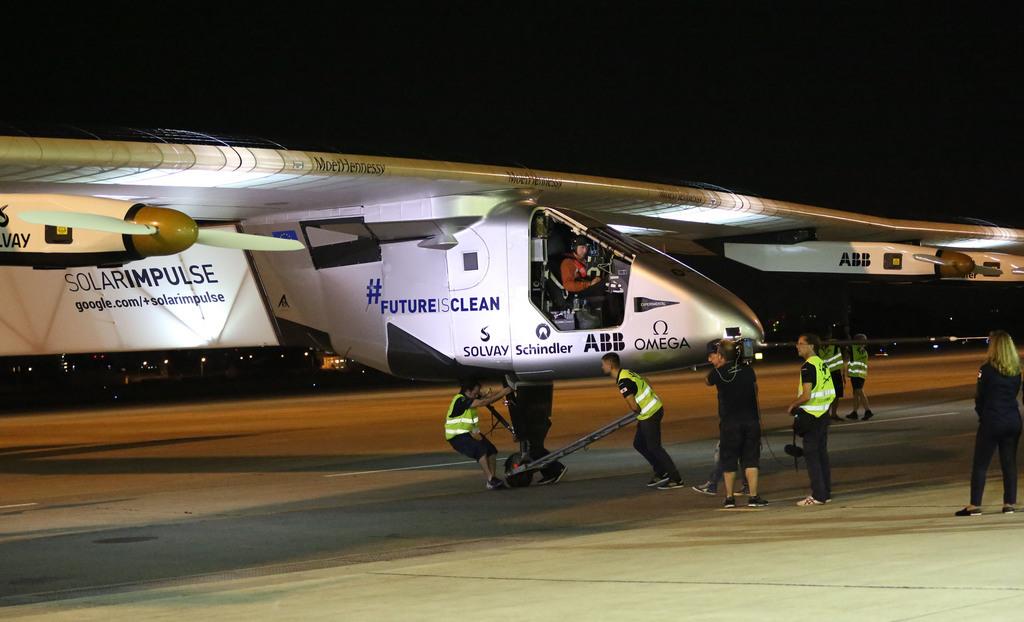
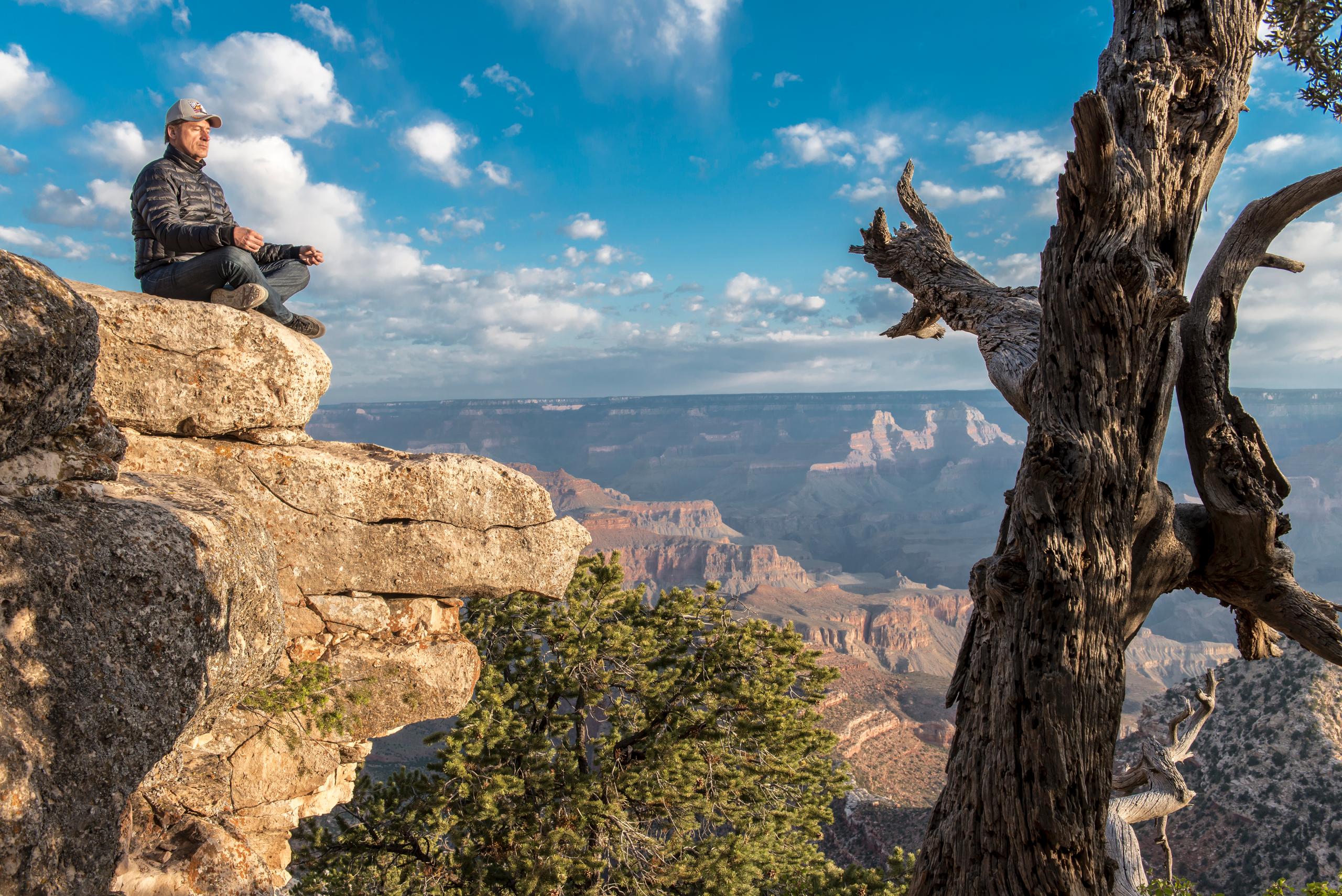

You can find an overview of ongoing debates with our journalists here . Please join us!
If you want to start a conversation about a topic raised in this article or want to report factual errors, email us at english@swissinfo.ch.